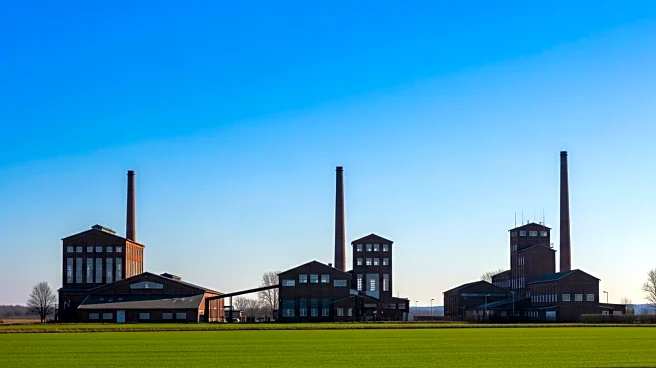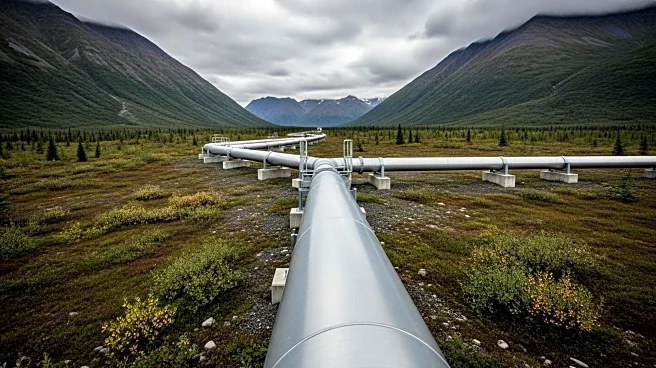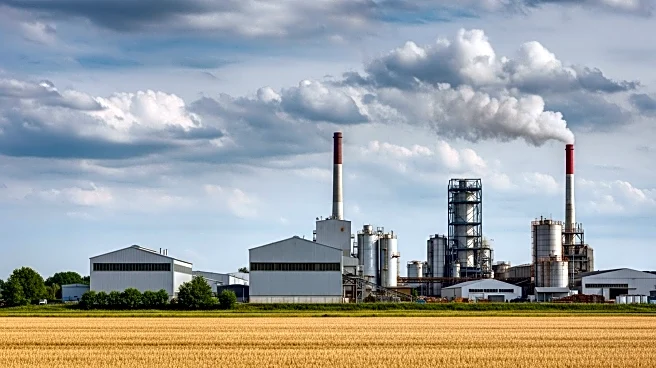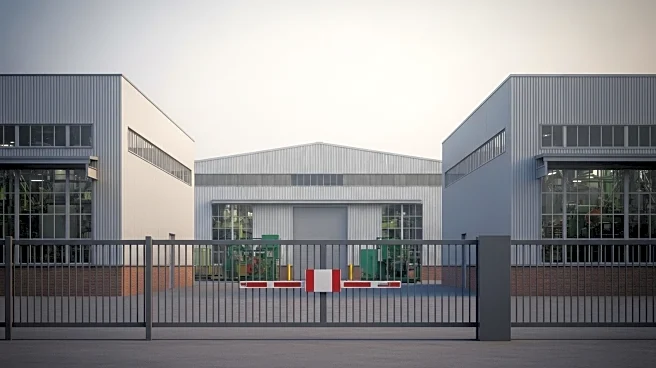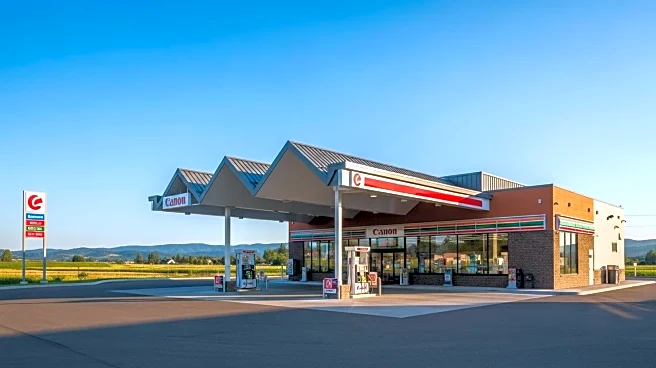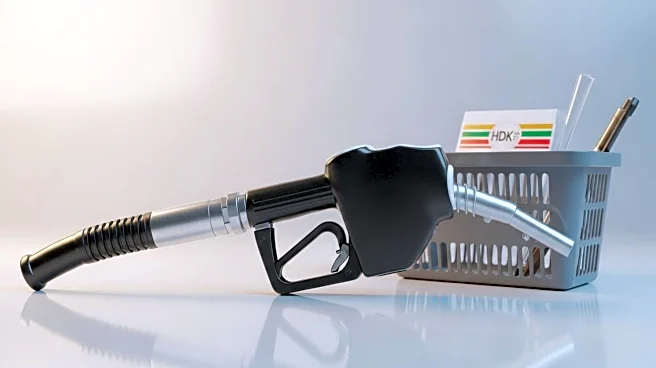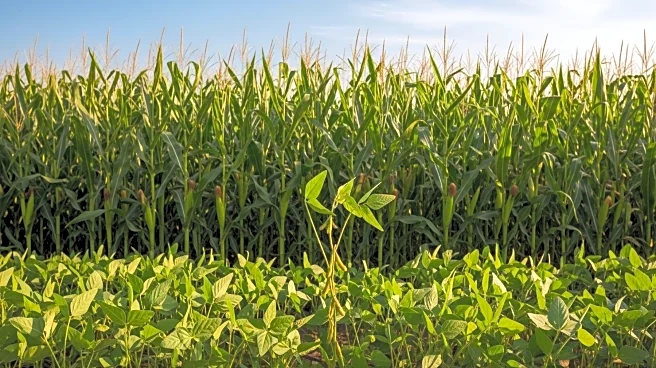What's Happening?
Iowa's manufacturing sector is experiencing significant challenges, with numerous plant closures and layoffs affecting thousands of workers. Since January 2024, 26 manufacturing facilities have shut down or announced closures, resulting in the loss of over 3,000 jobs. Layoff notices have increased by 50% compared to previous years, with nearly 7,000 workers losing their jobs in the past 19 months. The sector's decline is attributed to reduced demand for goods post-pandemic, uncertainty about tariffs, and a slowdown in production levels. Despite being a major component of Iowa's economy, manufacturing has seen stagnant growth over the past decade.
Why It's Important?
Manufacturing is a critical part of Iowa's economy, contributing significantly to the state's GDP and providing high-wage jobs. The decline in this sector poses a threat to the middle class and economic stability in Iowa. The closures and layoffs not only impact individual workers but also have broader implications for local communities and the state's economic health. The downturn in manufacturing reflects national trends and highlights the need for strategic interventions to revitalize the sector. Addressing challenges such as tariff uncertainty and workforce retention could help stabilize and grow Iowa's manufacturing industry.
What's Next?
Efforts to attract new manufacturers and retain existing ones are crucial for Iowa's economic recovery. The state may need to explore policies that support manufacturing growth, such as trade agreements and workforce development programs. Companies facing layoffs may seek opportunities to hire experienced workers from closed plants, potentially mitigating some of the job losses. The upcoming harvest season could influence economic confidence and demand for agricultural equipment, offering a potential boost to the manufacturing sector. Stakeholders will be watching for signs of recovery and opportunities to strengthen Iowa's manufacturing industry.
Beyond the Headlines
The decline in manufacturing is intertwined with the farm economy, as reduced demand for agricultural equipment impacts production levels. Rising costs for materials and uncertainty around trade policies further complicate the sector's recovery. The situation underscores the importance of diversifying Iowa's economy and investing in sectors with growth potential. Long-term strategies may include fostering innovation, enhancing supply chain resilience, and expanding into international markets to drive sustainable growth.

